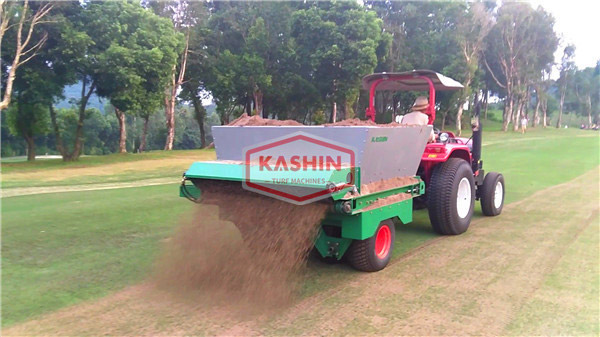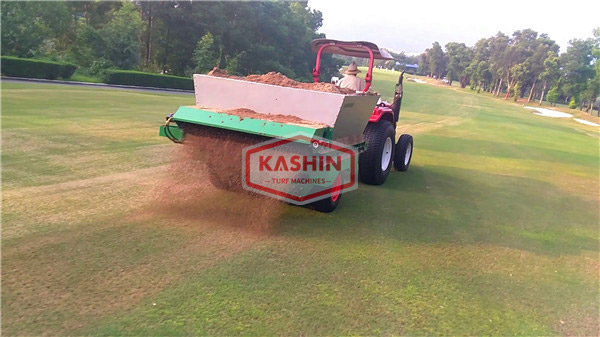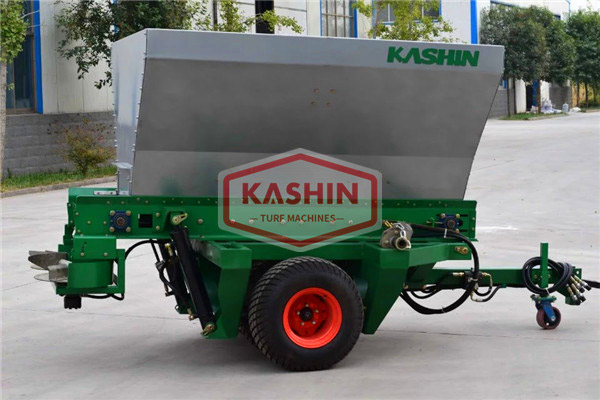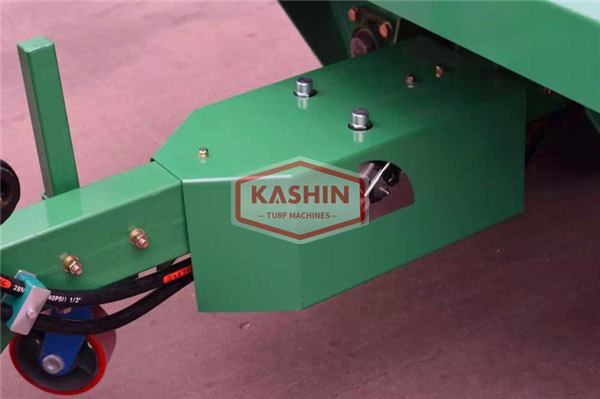How often should you add fertilizer to your lawn?
How often the lawn needs topdressing depends on the quality of the soil that already exists under the lawn. Some golf clubs have a green top change every two weeks, but don’t worry: at home, even for the people with the worst soil we have, once a year is enough.
Nitrogen, phosphorus, and potassium granular mixed fertilizers should be applied during the growing season. It is generally applied after pruning and before sprinkling irrigation. The base fertilizer is mainly organic fertilizer, which must be fully decomposed. The amount of basal fertilizer applied per hectare should be 75-110 tons, and the superphosphate should be 300-750kg, which can be combined with soil plowing to apply fertilizer.
The ratio of nitrogen:phosphorus:potassium should be controlled at 5:4:3. The application rate is light and thin in the prosperous period, and the slow-term is stronger than in the prosperous period, which can increase the extra-root fertilization. Fertilization and watering should be closely coordinated to prevent damage to the lawn caused by improper use. The use of organic fertilizer can not only improve soil nutrition, but also improve soil porosity and permeability, and even help lawns to survive the winter safely.
Turfgrass in northern Xinjiang is more suitable to be fertilized twice a year, early spring and early autumn. The first fertilization at the beginning of April (appropriate fertilization) can not only make the lawn turn green in advance, but also help cool-season turfgrass to recover damage and thicken the turf before the annual weeds sprout; perform the second fertilization in September. In addition to extending the green period to late autumn and winter, it can also promote the growth of new branches and rhizomes in the second year.
In order to maintain a good landscape condition, long-lasting green, and high resistance to diseases and insect pests, a certain amount of nutrition must be maintained. Therefore, it is necessary to strengthen the extra-root topdressing and supplement other trace elements except N, P, and K to meet the needs of its growth.
In the maintenance management, the emphasis is on water and fertilizer management, spring sticking to prevent stains, summer sticking to sunscreen, autumn and winter sticking to grass to prevent wind and moisturizing. Generally, spray water once in the morning and evening within 1 week after pasting the grass, and check whether the turf is compacted, and the grass roots are required to be close to the guest soil. Spray water once a day in the evening within 2 weeks after application. After 2 weeks, depending on the season and weather conditions, it usually takes 2 to 3 days to spray water, mainly moisturizing.
Fertilize 1 week after planting to 3 months, fertilize once every half month, spray with 0.1%~0.3% urea solution combined with watering, thin before and thick; once a month, 667m urea 2~3kg, rainy day Use a lawnmower to cut the grass when all the grass is 8~10cm high when spreading or liquid application in clear weather.
Weeds are removed as early as half a month after planting, and as late as January, weeds begin to grow. Weeds must be dug and rooted in time, and compacted after digging to avoid affecting the growth of the main grass. Newly planted grassland is generally free of pests and diseases, and does not need to be sprayed. In order to accelerate growth, 0.1% to 0.5% potassium dihydrogen phosphate can be sprayed in combination with watering in the later stage.






